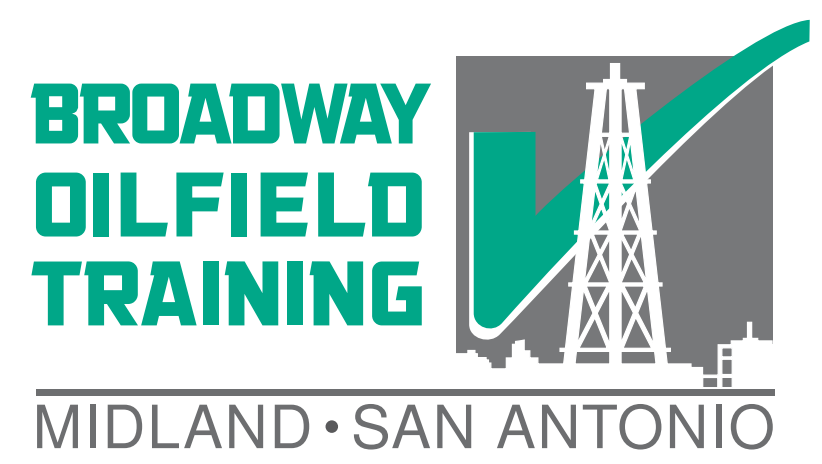Midland PPE Training
Cost: $40
Duration: 1 Hour
This one hour Personal Protective Equipment course includes training on the use and care of general oil and gas PPE. A discussion of the hierarchy of controls includes the limits of PPE.
Schedule PPE Personal Protective Equipment training in Midland from the course calendar below or by calling (432) 203-8332 or email the office.
Take the class online by going to www.oilfield.training/p/ppebasic

Click on a service below for the online calendar and registration form.
Personal protective equipment also referred to as “PPE” in common parlance, is equipment that is worn to protect oneself against potential dangers in the job that might result in significant injuries or diseases. These injuries and illnesses might have been caused by contact with chemical, radioactive, physical, electrical, industrial, or one of the many other dangers that are present in the workplace. A person’s protection equipment could consist of things like gloves, eye protection, footwear, earplugs, etc.
What steps may be taken to guarantee that personal protective equipment is being used correctly?
It should be comfortable to wear, which will encourage workers to utilize it. It is possible to be in a potentially hazardous situation if the individual’s personal protection equipment does not fit correctly, which raises the possibility of being unprotected. Additionally, employers are obligated to provide workers who are required to utilize personal protective equipment with training on the following aspects:
- When it is required to wear PPE?
- Which one is required, exactly?
- How to put it on, adjust it, wear it, and take it off in the correct manner
What are the major guidelines for wearing PPE at work?
Following are the guidelines for wearing PPE at work:
- Ensure that the eye protection is worn appropriately. It shouldn’t have any impact on the respirator’s ability to seal.
- Make sure you wear gloves; they should be long enough to cover the cuff of the gown.
- Proper personal protective equipment (PPE) must be worn before entering the patient area, including the isolation room, before accessing the patient area.
- Personal protective equipment (PPE) must be kept in place and worn properly while employees are on the job, particularly in potentially hazardous regions.
- When you are attending to patients, do not alter the personal protective equipment. For instance, retying the gown, adjusting the respirator, and/or readjusting the face mask are all examples.
- To avoid contaminating oneself, personal protective equipment (PPE) must be taken off in a methodical, gradual, and sequential manner.
- Ensure that the removal of gloves does not expose the hands to any more contamination.
- The gloves may be taken off using either the glove-in-glove or the bird’s beak approach.
- To remove the gown, reach up to the shoulders and gently pull the garment away from the body while keeping your grip as gentle as possible.
Therefore, when engineering controls are not possible or do not offer enough protection, workers are required to supply employees with personal protective equipment and verify that the equipment is used correctly. The equipment requires proper care, maintenance, and disposal when its useful life has passed.
